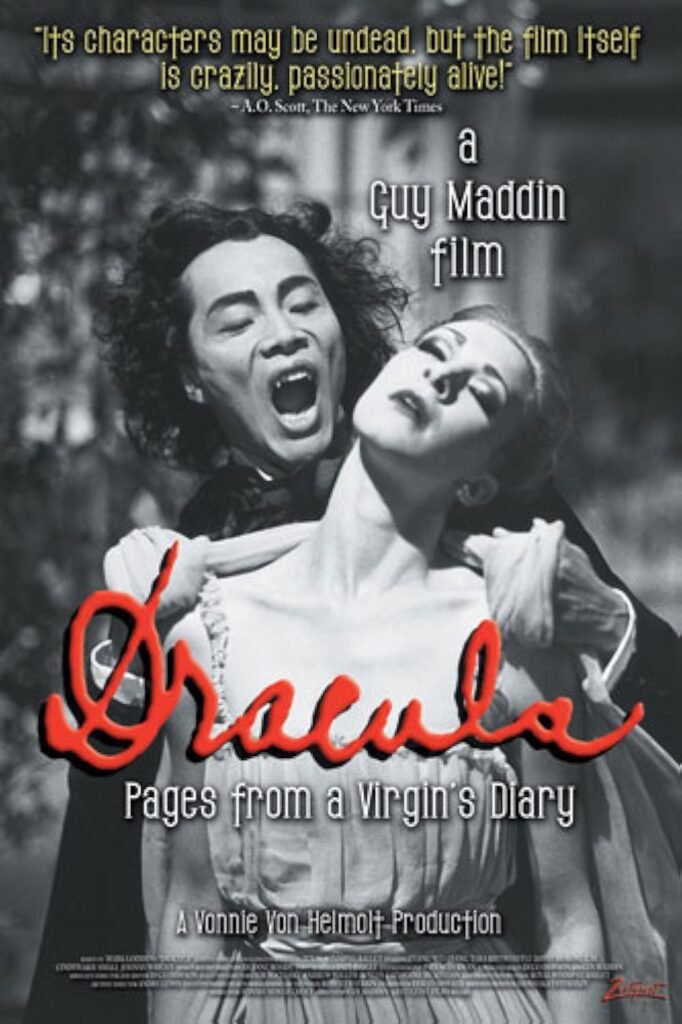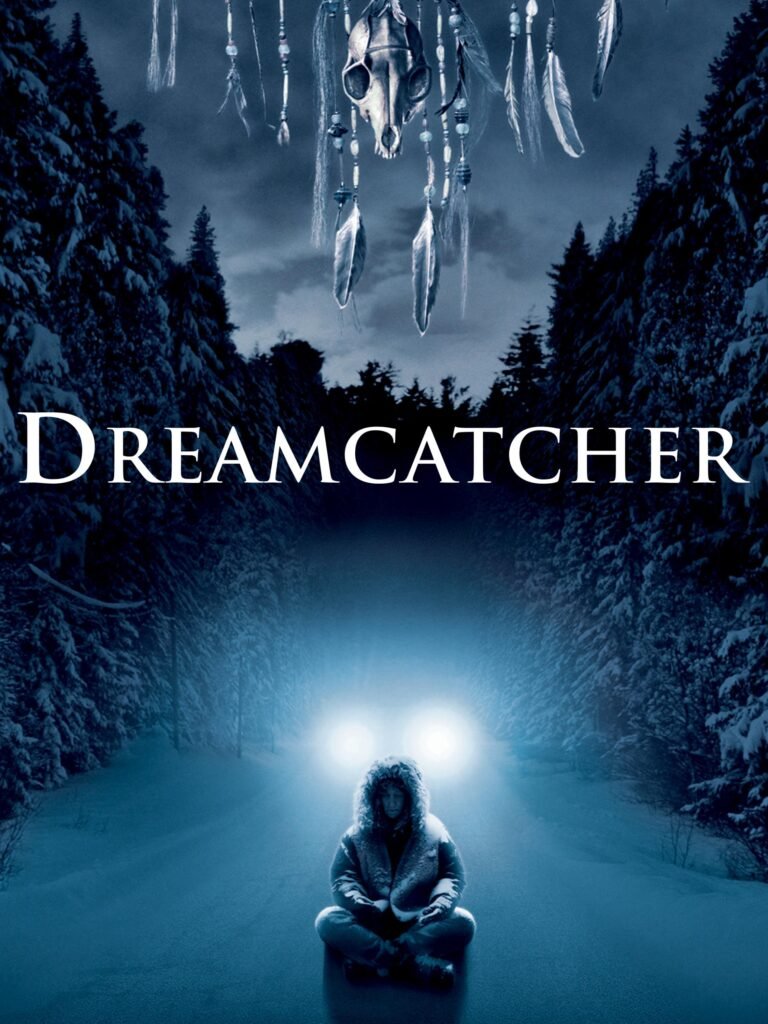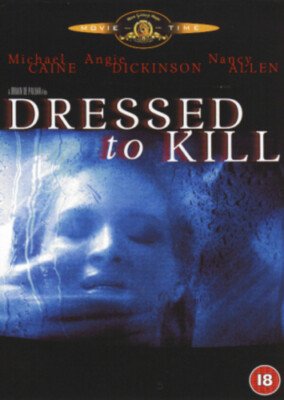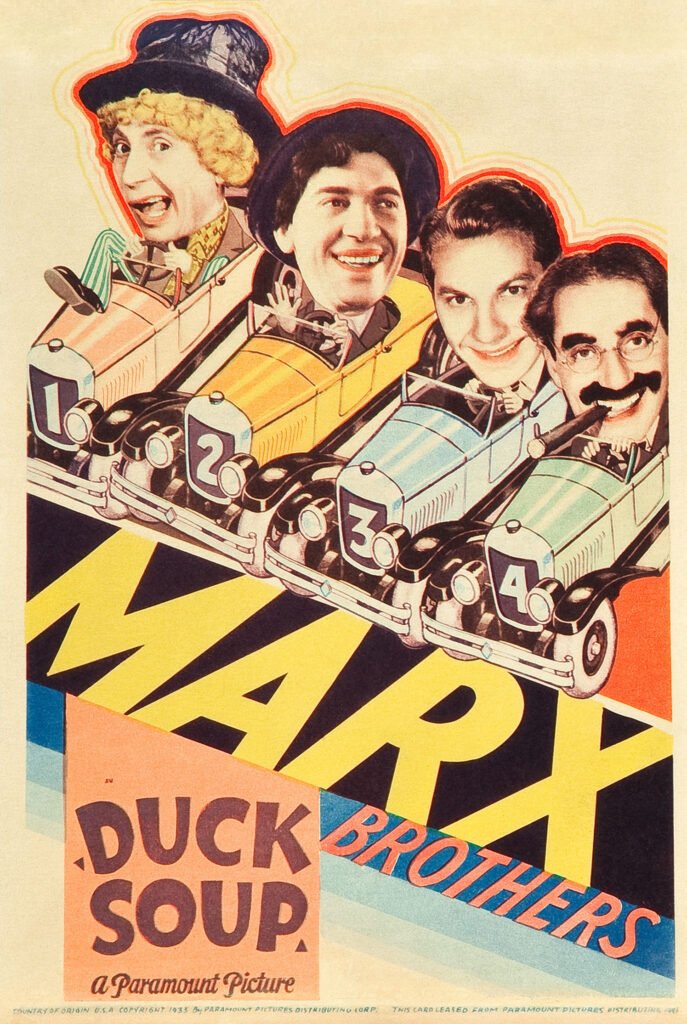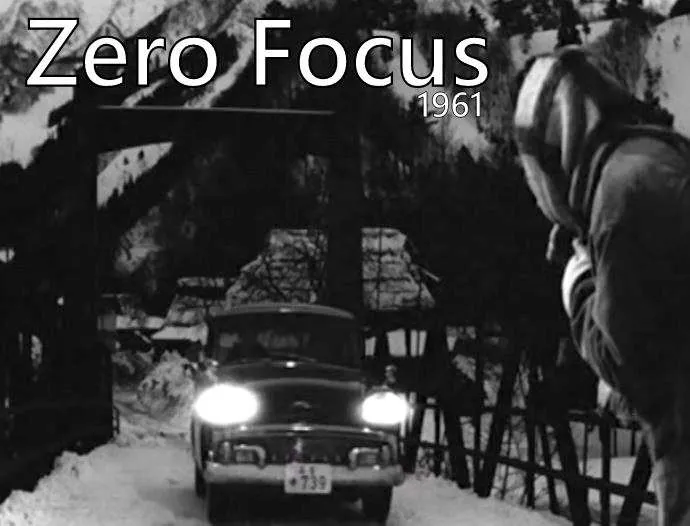
Zero Focus
The year is 1961, and in a wintry Tokyo train station, a young newlywed named Teiko bids farewell to her handsome new husband, Kenichi. Kenichi is concluding some business in the northern city of Kanazawa, promising a return on December 12, at which point the couple will begin their new life together. But, as Teiko waits, the 12th comes and goes and no word arrives from Kenichi.
Soon Kenichi’s employers are phoning, expressing first curiosity and then alarm. Teiko’s only clue to her husband’s whereabouts is a pair of strange postcards she finds among his belongings, each picturing a house in the snowy northern provinces. When her husband’s employers invite her to Kanazawa to help them locate Kenichi, this naïve young bride soon finds herself embroiled in a mystery whose complications include prostitution, suicide, and maybe even murder.
It sounds a lot like Hitchcock, and there’s a good reason for that. Adapted from a mystery novel by Seicho Matsumoto for director Yoshitaro Nomura, Zero Focus is one of several successful collaborations between the two that draw on Western-style technique to approximate the same atmosphere of suspense and danger for which Hitchcock was by that time already well known. That’s not to say that Zero Focus is in any way a knock-off Nomura had his own technique, and it was a good one. But the comparison serves to show how many of Zero Focus’s devices the mouse-trap plot, the slow reveal, our heroine’s voyage from innocence to revelation are familiar to moviegoers as Hitchcock’s stock in trade.
What’s most original and best about Zero Focus is its marvelous atmosphere. Nomura sets his action in a civilized world perched in the shadow of the menace of nature. Teiko’s trip to northern Japan takes her from the comforts of the city to a snowbound, provincial landscape fraught with natural peril here cliffs tower over raging, icy seas, shanty communities perch along rocky slopes, gorges open up beneath roadways, and snow falls ceaselessly. As Kenichi’s double life comes into focus for Teiko, this landscape becomes ever more threatening, until at last this guileless young wife has cause to wonder if she’s in mortal danger herself.
Zero Focus is smartly crafted and its Western-style score underlines what’s most frightening in the proceedings. But the film’s real triumph is Takashi Kawamata’s awesome black and white cinematography, which captures simultaneously the beauty and terror of Japan’s forbidding northern frontier. Zero Focus has faults; its third act, in particular, depends too much on expository flashback, and in several instances these scenes go on for too long, belaboring psychological nuance that has already been made clear.
To watch more movies like Zero Focus (1961) visit Putlocker.
Also Watch
